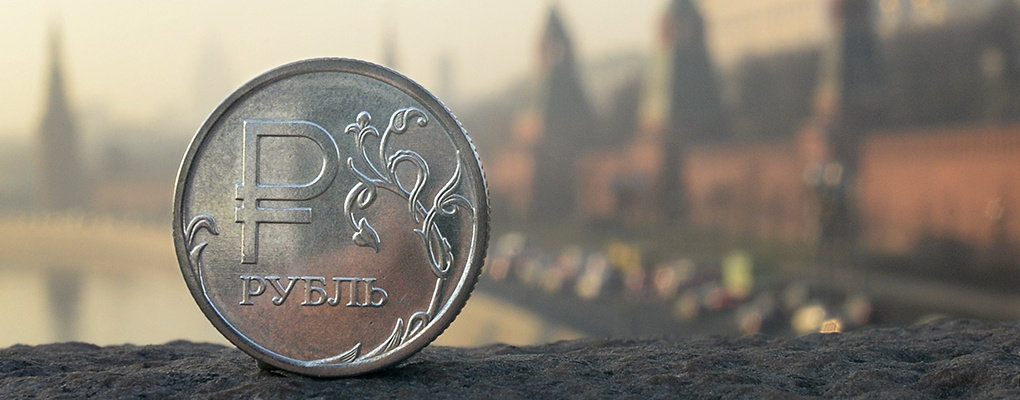
The Russian public were treated to an all-too-familiar news item on December 16 after the rouble sank to yet another record low. Hit by a deadly combination of harsh sanctions and sinking oil prices, the 75-against-the-dollar rate has capped a dismal year for a currency that has shed almost 50 percent of its value against the dollar.
After locals dumped $20bn in 2014 and international investors are due to pull another $240bn in this and the coming year, the outlook for the currency is hazy at best. Even more worrying, however, is that the record low came after the central bank’s mammoth 6.5 percent interest rate hike. At 17 percent, the bank’s exorbitant benchmark rate shows just how hard policymakers are working to steady the currency’s slide. And with annual consumer price growth running at over twice the bank’s four percent target and inflation fast approaching unmanageable extremes, the country has been left with no option but to offload its foreign currency reserves to reduce the damage.
The bank’s exorbitant benchmark rate shows just how hard policymakers are working to steady the currency’s slide
The central bank revealed on December 12 that it had, two days earlier, intervened with $200m worth of reserves, adding to the $348m it had already committed on December 9 and the previous week’s total of $4.5bn. And while the $5bn-plus blowout means that the rouble’s losses have been slightly less, the policy shows the short-sightedness with which the central bank is attempting to stem the decline.
In the aftermath of the 2008 crash, the central bank all but crippled the economy after shelling out $200bn in foreign currency reserves, and, years earlier, the bank was forced to abandon ship after spending $10bn in the lead up to a 1998 default. Clearly, the lessons learned in years passed have been forgotten insofar as currency interventions are concerned, and authorities must now take care to avoid any repeat mistakes.
A cursory glance at Russia’s shrinking reserves shows exactly how costly the interventions have proven thus far, and with oil prices at record lows and western sanctions hurting trade, replenishing the account will be no easy task. Worryingly, foreign currency reserves have fallen by over 20 percent since the summer of 2013, and without a buoyant oil trade to pick up the slack, more intervention could expose the country to losses on multiple fronts.
The country’s central bank has said on numerous occasions that it will allow the rouble to float freely at the turn of the year, though promises made in recent months to take a step back have come to nothing. When the central bank said in November that it would turn tail on a 15-year policy of unlimited intervention and interfere only in the event of a crisis, it took the institution less than a month to dip into its reserves.
Record low oil prices will bring turmoil the rouble’s way in the months ahead, as they will do for any number of oil currencies, but allowing the currency to float freely will give a clearer indication of its true market value and protect against any more speculative attacks.
It’s clear that turning away from the bank’s interfering ways will trigger currency losses in the short-term, though plugging the hole with reserves runs the risk of exasperating the issue further still. The timing of the bank’s new loose touch policy is less than ideal and the institution cannot idly stand by while the country teeters on the brink of recession. Still, the central bank’s go-to response is too reactive, and for the institution to ward off any lasting damage it must first rise above the temptation to hold the currency at any one rate and instead let markets dictate the price.


